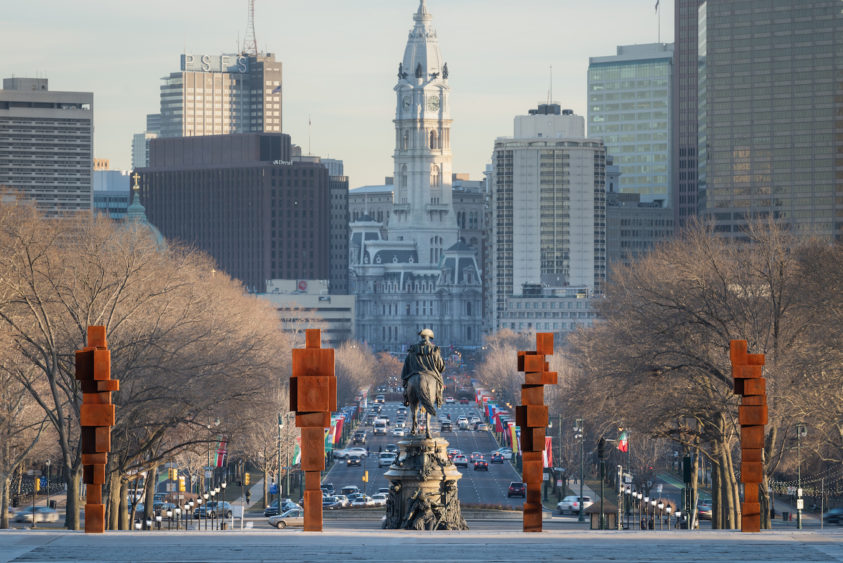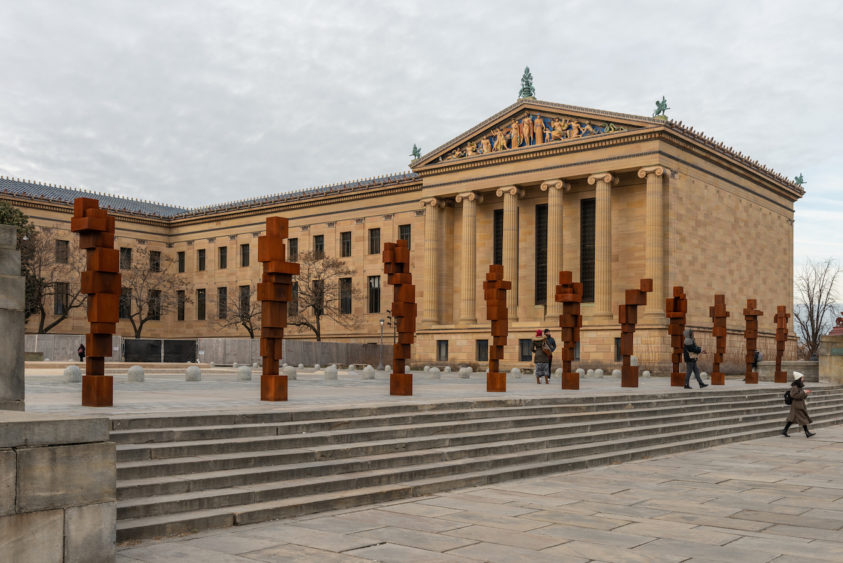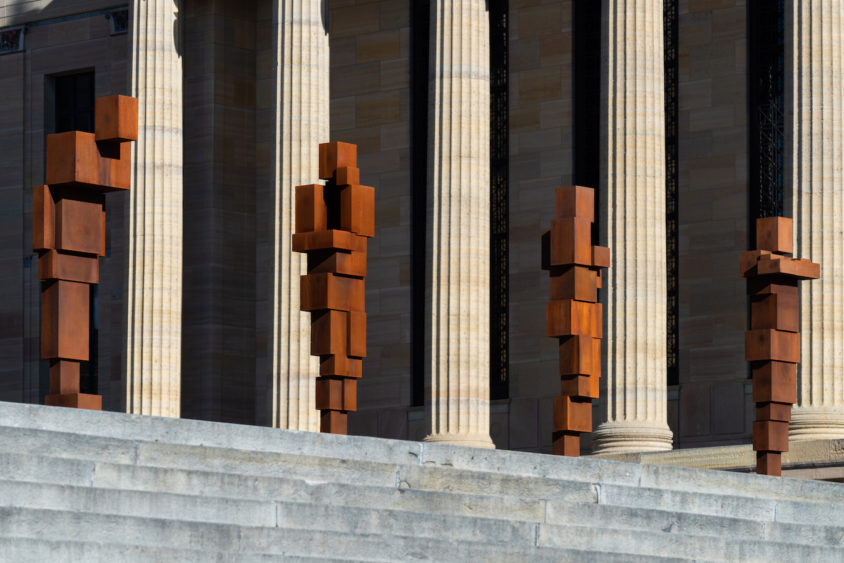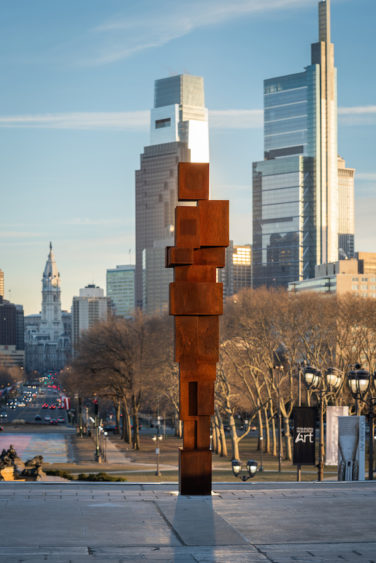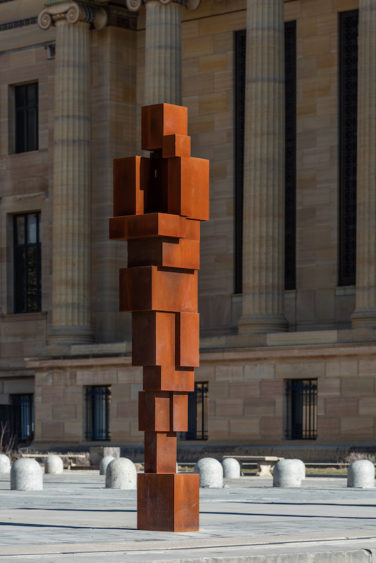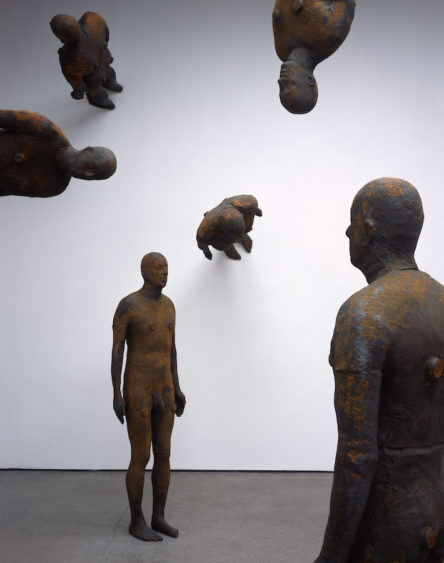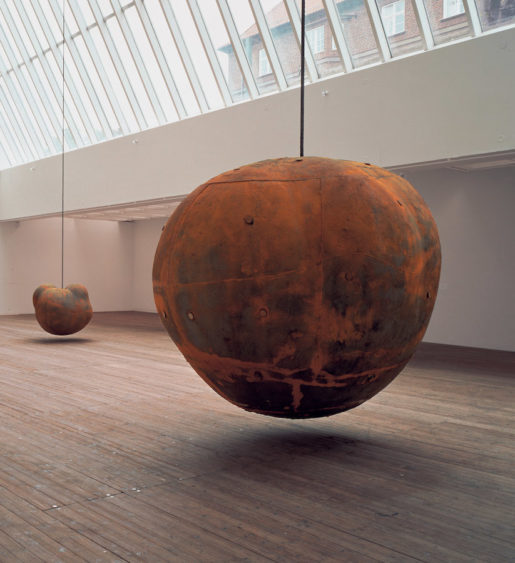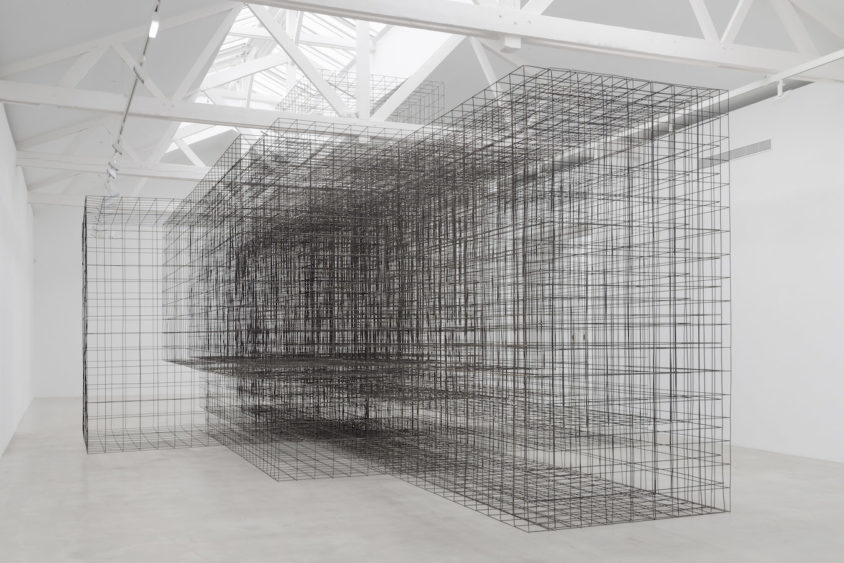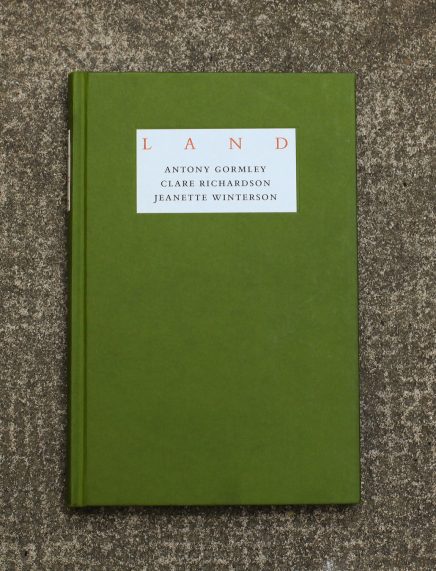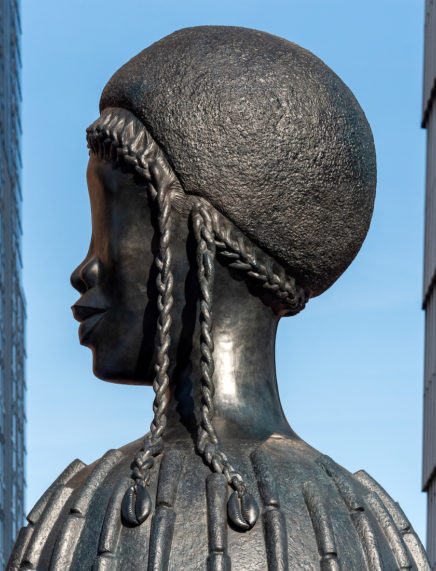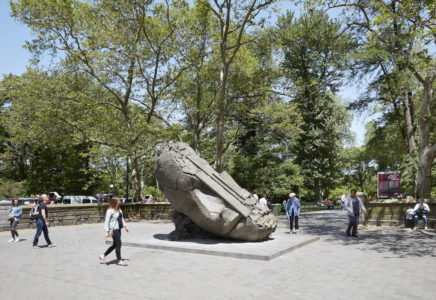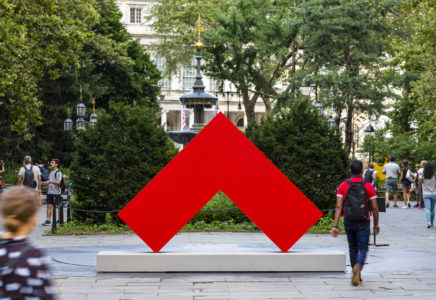Three rendez-vous with Sir Antony Gormley
Antony Gormley
Royal Academy of Arts, Main Galleries (London, United Kingdom)
21 September – 3 December 2019
In September 2019, the Royal Academy of Arts will present a solo exhibition of the internationally acclaimed British sculptor Antony Gormley (b. 1950), the most significant in the UK for over a decade. The exhibition will bring together both existing and especially conceived new works for the occasion, from drawings and sculptures to experiential environments, that will take on the RA’s Main Galleries across all 13 rooms.
Gormley sees the exhibition as a ‘test site’; engaging the senses, employing scale, darkness and light, and using elemental, organic and industrial materials. The works will interact with the BeauxArts galleries, creating a series of distinct encounters that will come together as a collective experience. It will be a summation of Gormley’s enduring concern with the inner dark space of the body itself and the body’s relation to its surroundings: the body as space and the body in space. Gormley said, “there is no subject until the viewer arrives and begins to engage.” *
*Source royalacademy.org.uk
Antony Gormley. Essere
Gallerie degli Uffizi, Aula Magliabechiana (Florence, Italy)
26 February – 26 May 2019
On schedule from the 26th of February to the 26th of May 2019 in the Aula Magliabechiana of the Uffizi, this exhibition brings together works of different materials and scales that explore the body in space and the body as space. There will be 12 works on show in the new gallery on the ground floor, where natural light will play into 12 distinct vaulted spaces defined by six stone columns and no internal walls. Two further works will be placed inside the Gallery and another one on the terrace.
At the core of the exhibit, there is a dialogue between two sculptures, Passage and Room, realized 35 years apart and both dealing with the space of the body. Passage (2016) is a 12 metre-long Cor-Ten steel tunnel in human shape allowing viewers to enter inside of it, while Room (1980), which is a set of the artist’s clothes cut into a continuous 8 millimetre-wide ribbon creating an enclosure of 6 square metres, keeps them out. The show is predicated on these two works and the contrast between stasis and movement, imaginative and actual space.*
*Source uffizi.it
Antony Gormley: STAND
Philadelphia Museum of Art (United States)
Through June 16, 2019
Perched high on the museum’s Rocky steps, ten cast-iron “blockwork” sculptures by British artist Antony Gormley bring art outside, releasing it into the city’s shared space. In these metal bodies, each over ten feet tall, Gormley has replaced anatomy with the language of architecture, using cantilevers, propping, and pier-and-lintel construction, the interplay of masses creating the balance of form and feeling. These are sculptures, not statues—less heroic or idealized, more material and real. STAND offers an opportunity to reflect on our status as urban animals, our common ground with the artworks, and how context influences our thinking. *
* Source philamuseum.org
